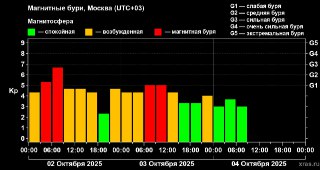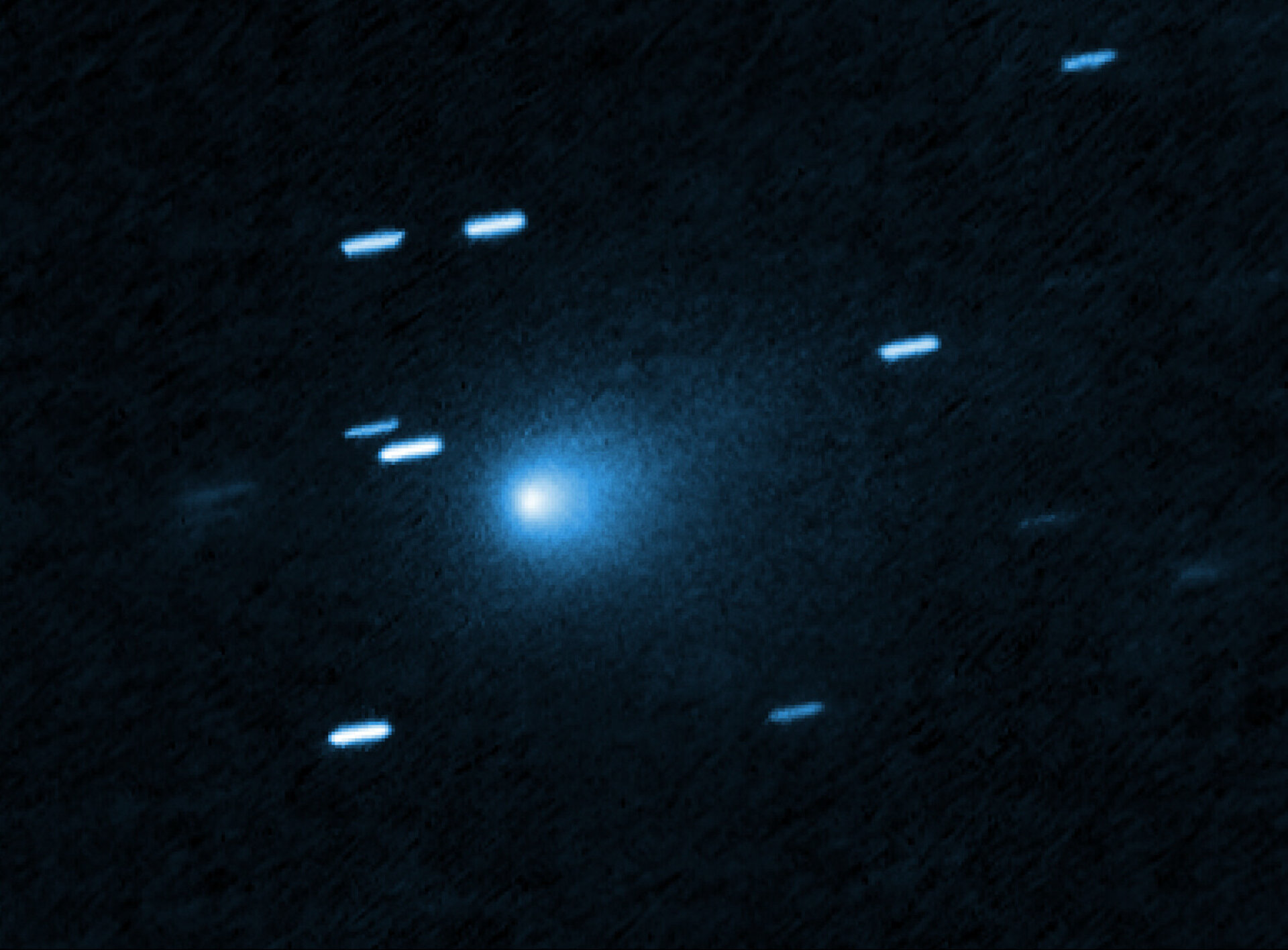According to this update, the last storm was one of the longest one of the current SC25:

 t.me
t.me

Лаборатория солнечной астрономии (XRAS)
Магнитная буря закончилась Исходя из показаний наземных магнитометров и измерений солнечного ветра, продолжавшаяся всю текущую неделю магнитная буря завершена. С вечера пятницы наблюдается быстрая стабилизация геомагнитной обстановки. Основной планетарный индекс Kp, по которому определяется...
The last storm became one of the longest in the current 25th solar cycle. The magnetic field was thrown out of balance on the evening of September 29, Monday, as a result of a significant increase in solar activity. On the morning of September 30, the event passed through peak values above the G3 level. The average storm level over the past days was G1-G2 (moderate level). In total, the Earth's magnetic field was in a disturbed state for about 4 days. On the night of September 29-30 and from September 30 to October 01, intense auroras were observed, including over the European part of the country. The main part of the reports came from the north-western regions (St. Petersburg, Leningrad Region, Karelia, Murmansk, Arkhangelsk). In general, the lower boundary of the polar oval descended to latitudes of 54-56 degrees. On the last day of autumn, the polar oval was also observed in the Moscow region. Currently, there is a decrease in activity on the Sun, which, in fact, eliminates the possibility of a systemic return of the Earth's magnetic field to an outraged state, although for another 2-3 days there are small probabilities of individual strong flares and one-time impacts on the Earth. The last such event, a large plasma outburst that occurred yesterday, is estimated to have very low velocities and does not have sufficient energy to bring the magnetosphere out of balance. Its arrival to Earth is expected on October 8 without geomagnetic consequences. It should be noted that the long-term forecast for October remains significantly tense. The overall activity of the Sun has noticeably increased compared to the summer period, and long breaks of 2-3 weeks, which were observed, for example, in July and August, are unlikely to be possible now. However, at the moment, the current reserves of Solar flare energy look almost completely exhausted. It should take some time to replenish them.





